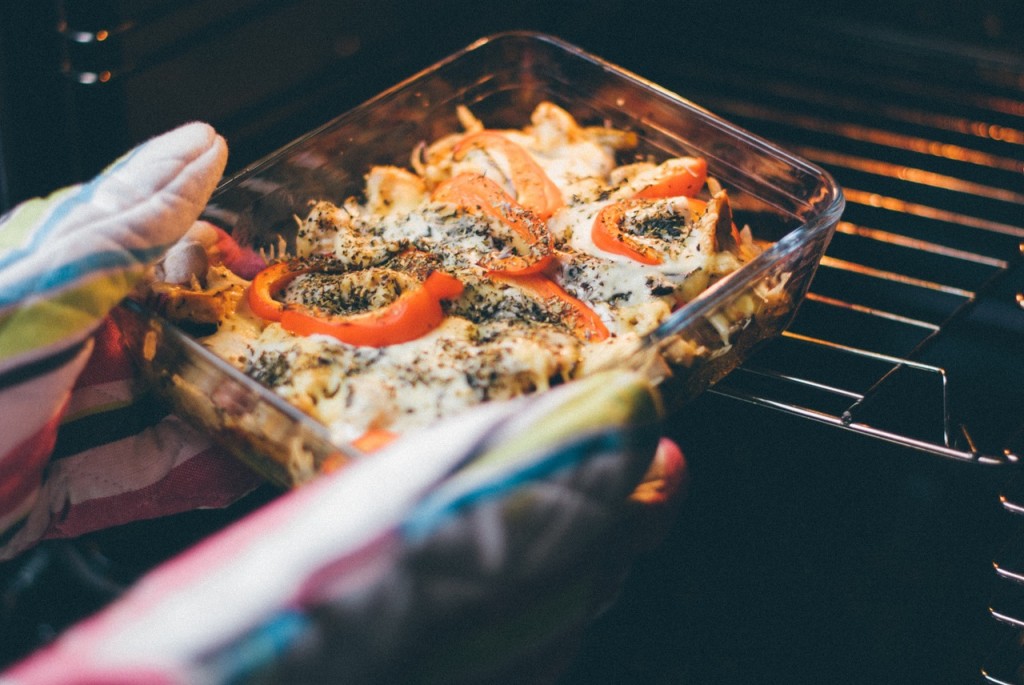The cooking curriculum: how to prepare your classroom
Is your school ready to get cooking? Have you got the equipment you need to keep those budding chefs under control?

The cooking curriculum teaches pupils one of the most critical life skills — how to prepare healthy, nutritious and affordable meals.
However, cooking classes require a whole range of tools and resources; from wooden spoons all the way up to cookers. In the past, schools have been so hampered by costs associated with these tools that they’ve often had to settle for basic equipment.
But, with a rental agreement that helps spread costs over time, you can take another look at your cooking resources and make improvements that support the learning process and save money.
The cooking curriculum: an introduction
According to the Government, the cooking curriculum should “instil a love of cooking” and “open a door to one of the great expressions of human creativity” — lofty goals that don’t seem to match up to the quality of equipment available within a typical school budget.
Here’s how the Government defines the cooking curriculum through key stages 1 – 3:
Key stage 1
- Use the basic principles of a healthy and varied diet to prepare dishes.
- Understand where food comes from.
Key stage 2
- Understand and apply the principles of a healthy and varied diet.
- Prepare and cook a variety of predominantly savoury dishes using a range of cooking techniques.
- Understand seasonality, and know where and how a variety of ingredients are grown, reared, caught and processed.
Key stage 3
- Understand and apply the principles of nutrition and health.
- Cook a repertoire of predominantly savoury dishes so that they are able to feed themselves and others a healthy and varied diet.
- Become competent in a range of cooking techniques.
- Understand the source, seasonality and characteristics of a broad range of ingredients.
*Information courtesy of gov.uk
So, what school cooking equipment should my school invest in?
With the right equipment in place, you can enhance your lessons, save energy and reduce your overall costs. Here are some ideas to get you started:
Cookers
Take a look at all the major brands to see what’s now on offer cooker-wise.
Consider what type of fuel or heating method would be safest, most efficient and cost-effective. Choose from:
- Gas
- Electricity
- Duel-fuel
- Induction
Decide whether features like in-built timers and fan-assist are worth the outlay, and cut costs further by finding the best installation and warranty packages.
You can even free up additional desk space in the classroom by choosing a glass-topped unit.
Fridges and freezers
A cooking class wouldn’t be complete without a place to keep food fresh.
At the very least, you’ll need a fridge in which ingredients can be stored until the class starts. Depending on how you arrange your classes, you might also require a freezer for long-term storage.
Think about whether you want to combine these utilities, or keep them separate. And, look at how these devices might be integrated into the classroom.
Would it make more sense to have under-the-counter fridges suitable for small groups of pupils, or full-height fridges with capacity large enough to store an entire class’ food?
Dishwashers
Cooking is only ever part of the equation. You need a reliable way to clean up all that mess fast.
A dishwasher is both a time and money-saver. An A-rated model can use as little as a third of the water needed to wash up by hand.
The dishwasher you choose should be robust enough to survive life in the classroom, and feature intensive wash cycles to deal with baked-on food.
By deploying a domestic dishwasher model in your classroom, you’ll also teach students another skill that’ll come in handy in later life.
Washing machines
It’s not just crockery and cutlery that needs cleaning. Fabric-based items – such as tea towels and aprons – are likely to need a wash after a practical class.
A washing machine makes this process simpler, and means staff or students won’t be tasked with taking items home for cleaning. This ensures all resources stay in the classroom.
A reliable and eco-friendly domestic washing machine should be enough for this task. Or, the operation can be paired with your professional laundry services.
By installing the right cooking equipment in your school, you can look forward to a future where food technology is more exciting, efficient and cost-effective.
Find out how you can bring new technology into your food technology classes with Utility Rentals.

